Fix Scratched Engineered Hardwood: 6 Steps to Invisible Repairs
Difficulty: Novice
Time: 45 minutes
Cost: ~$20
Scratches on your beautiful engineered hardwood floors can feel like a major disaster, but here's the reality: most surface-level damage is actually a manageable DIY project that most homeowners can handle with confidence. Take a breath. The key difference between panic and success? Understanding that engineered floors have specific repair needs, and with the right approach, you can make those scratches virtually disappear, according to Woodpecker Flooring.
Why You'll Like This
This repair method works because engineered floors are designed to be repairable, the thin veneer layer responds well to targeted fixes that do not require full refinishing. You protect your investment while avoiding the $2,480–$7,028 cost of floor replacement, flooring industry data shows. Most small repairs blend seamlessly and keep your warranty on friendly terms.
What You'll Need
Materials
- Color-matched wood floor wax or repair stick
- Fine-grit sandpaper (220-grit)
- Rubbing alcohol
- Wood putty (for deeper scratches)
- Microfiber cloths
- Cotton swabs
Tools
- Plastic putty knife (never metal, it can cause more damage)
- Soft cotton cloth for buffing
- Small brush for cleaning debris
Most hardware stores stock floor repair wax in various colors, and larger repair kits typically run around $60 but include multiple shades for color blending, BuildDirect notes.
Safety First
- Work in a well-ventilated area when using solvents or finishes
- Wear safety glasses when sanding
- Use nitrile gloves to protect hands from chemicals
- Test all repair materials in an inconspicuous area first
Critical for Engineered Floors: Never sand aggressively, the veneer layer is typically only 1/16- to 1/8-inch thick, and over-sanding can expose the plywood core permanently, BuildDirect warns. That thin veneer is why you need techniques that work with the floor's construction, not against it.
Steps
For Surface Scratches (Steps 1-3)
-
Clean the area thoroughly with a damp, well-wrung microfiber cloth to remove all dust and debris from the scratches. Think chair legs, pet zoomies, gritty shoes, all that grime needs to go.
- Tip: Use rubbing alcohol on a cotton swab to really get into the scratch and remove any built-up grime, this ensures proper adhesion.
-
Apply your repair solution. For minor scratches, a color-matched scratch repair stick can blend marks seamlessly, according to wood floor specialists. A simple marker or blending pencil can mask minor cuts effectively, Coohom research shows.
- Alternative: Walnut meat can be rubbed into scratches, the natural oils help mask shallow scars, repair guides suggest.
-
Buff gently with a soft, dry cotton cloth to blend the repair and restore shine.
- If this happens: The repair looks too dark, wipe immediately with a clean cloth and try a lighter application.
Why it works: Surface scratches only affect the finish layer. Filling and sealing them keeps moisture out and preserves the thin veneer underneath.
For Deep Scratches (Steps 4-6)
-
Lightly sand the scratch in line with the grain, starting with fine-grit paper (220-grit), wood flooring experts recommend.
- Safety note: Use minimal pressure, you are just smoothing the edges, not removing material. The goal is to create clean edges for filler adhesion.
-
Fill with color-matched wax or wood filler, ensuring an even application with your plastic putty knife. Wood putty plus stain can help fill and blend deep gouges effectively, according to repair specialists.
- Tip: Always layer the putty and stain slowly, and test in a hidden area first, repair experts advise.
-
Let cure completely following manufacturer's directions, usually 15 to 30 minutes, then buff gently to match the surrounding area's sheen.
Why it works: Deep scratches that penetrate the veneer need structural filling before cosmetic blending. The combination approach addresses the physical damage and the visual integration with your existing floor.
Cleanup & Disposal
- Store leftover wax and filler in sealed containers for future touch-ups
- Dispose of used sandpaper and solvent-soaked rags according to local hazardous waste guidelines
- Clean tools immediately with appropriate solvents before materials cure
- Vacuum up all sanding dust and wipe the area with a tack cloth
Troubleshooting
Problem: Repair looks too obvious or does not match → Fix: Blend multiple wax colors, or consider a professional color match
Problem: Wax will not stay in the scratch → Fix: Clean more thoroughly with rubbing alcohol and ensure the scratch is completely dry
Problem: Finish looks dull after repair → Fix: Apply a thin coat of floor polish compatible with your floor's original finish
Preventing Future Scratches
- Use felt furniture pads: Place them under all chair legs and heavy furniture
- Strategic rug placement: High-traffic areas and doorways need protection
- Pet nail maintenance: Regular trimming prevents most pet-related scratches, Ultimate Home DIY suggests
- No-shoe policy: Establish indoor shoe removal to prevent grit damage
Regular cleaning, using protective pads under furniture, and managing humidity are recommended maintenance routines that can help keep floors looking beautiful for decades, according to flooring specialists.
Variations & Upgrades
- Budget option: Try the walnut meat method for very light scratches, it is practically free
- Renter-friendly: Stick to removable solutions like touch-up markers rather than permanent fillers
- Professional upgrade: For extensive damage, consider hiring a flooring specialist for color-matched refinishing
When to Call the Pros
If scratches expose the plywood core or you are seeing white lines, professional help might be your best bet. Surface-level scratches are an easy DIY fix, but for deep gouges or warped areas, professional help is recommended, according to repair specialists. More extensive issues, such as water damage, may require board replacement and subfloor inspection, wood flooring experts note.
The economics make sense too, targeted repairs usually cost $478–$1,624, while full replacement can run $2,480–$7,028 or more, flooring industry data shows. With proper technique, most small repairs blend invisibly and do not require resealing the entire floor.




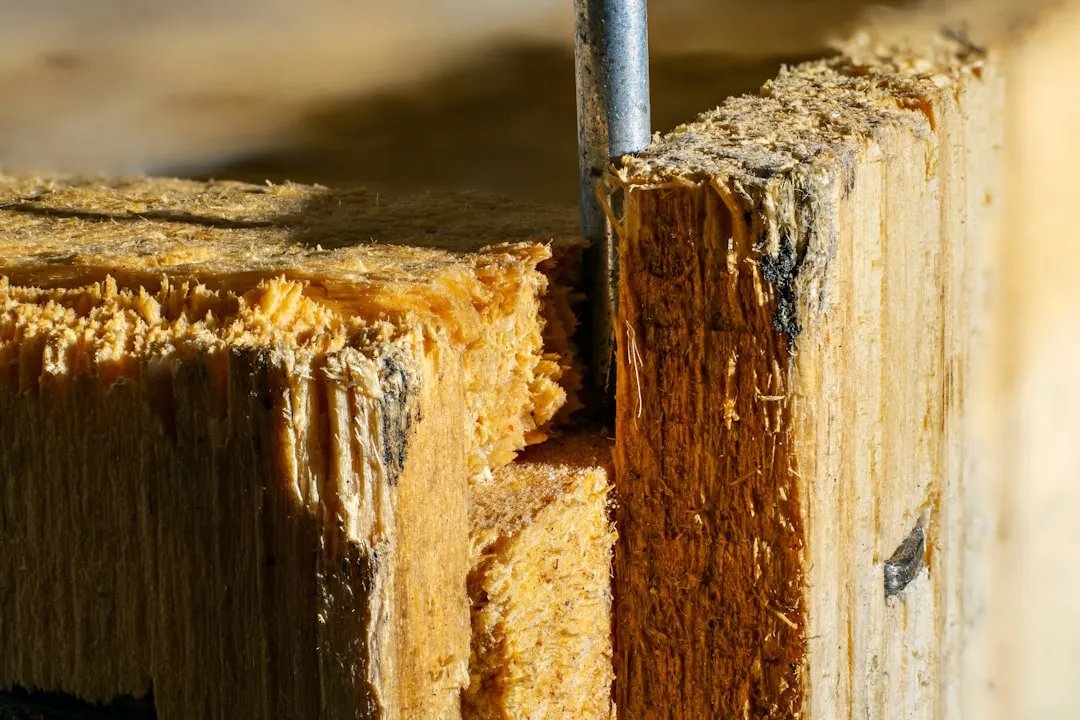

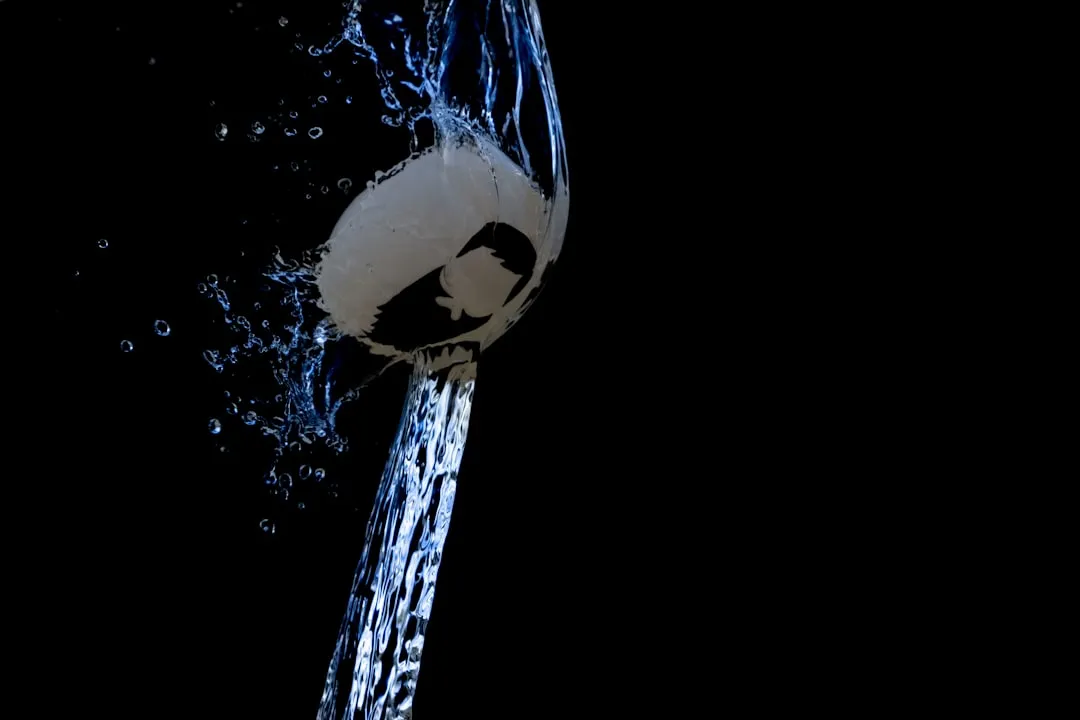
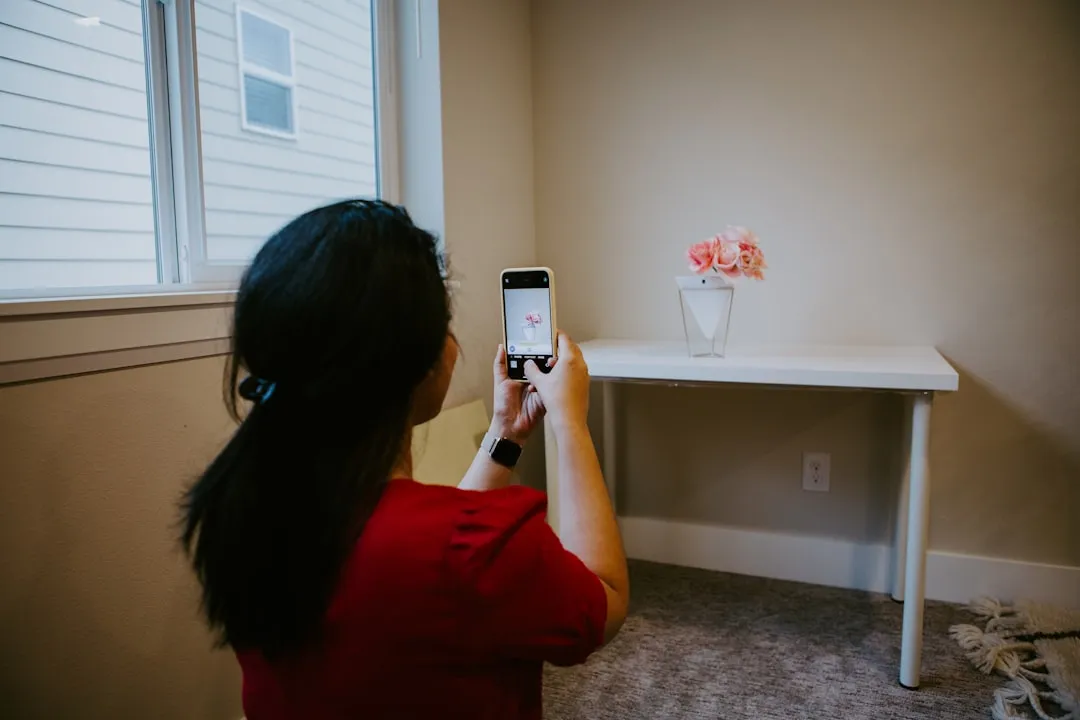
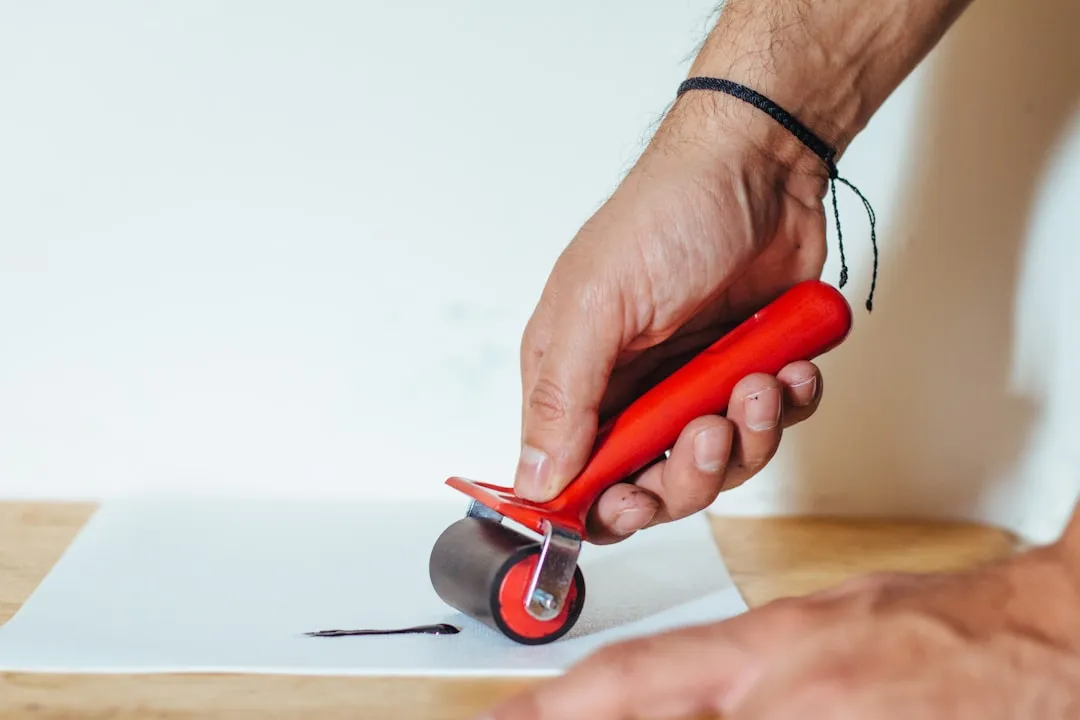
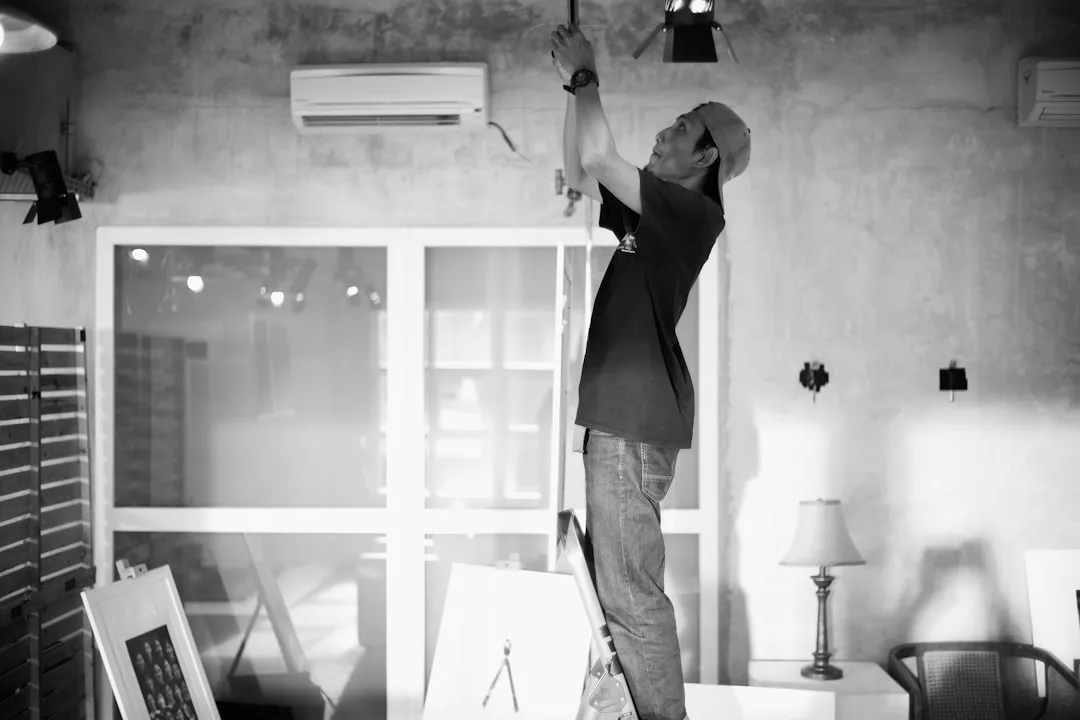



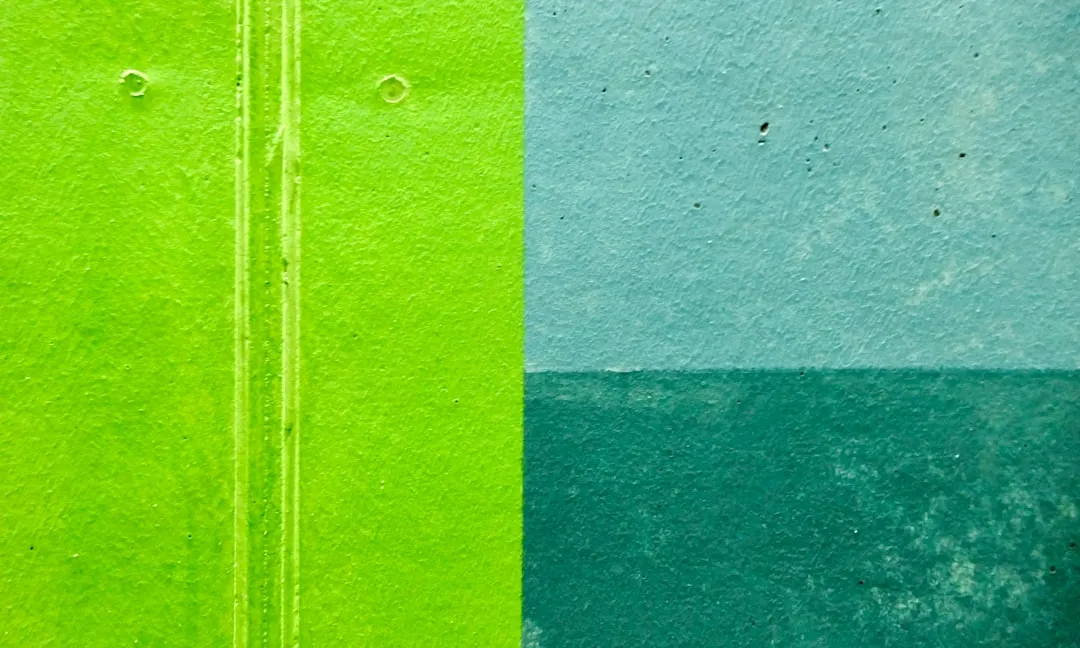
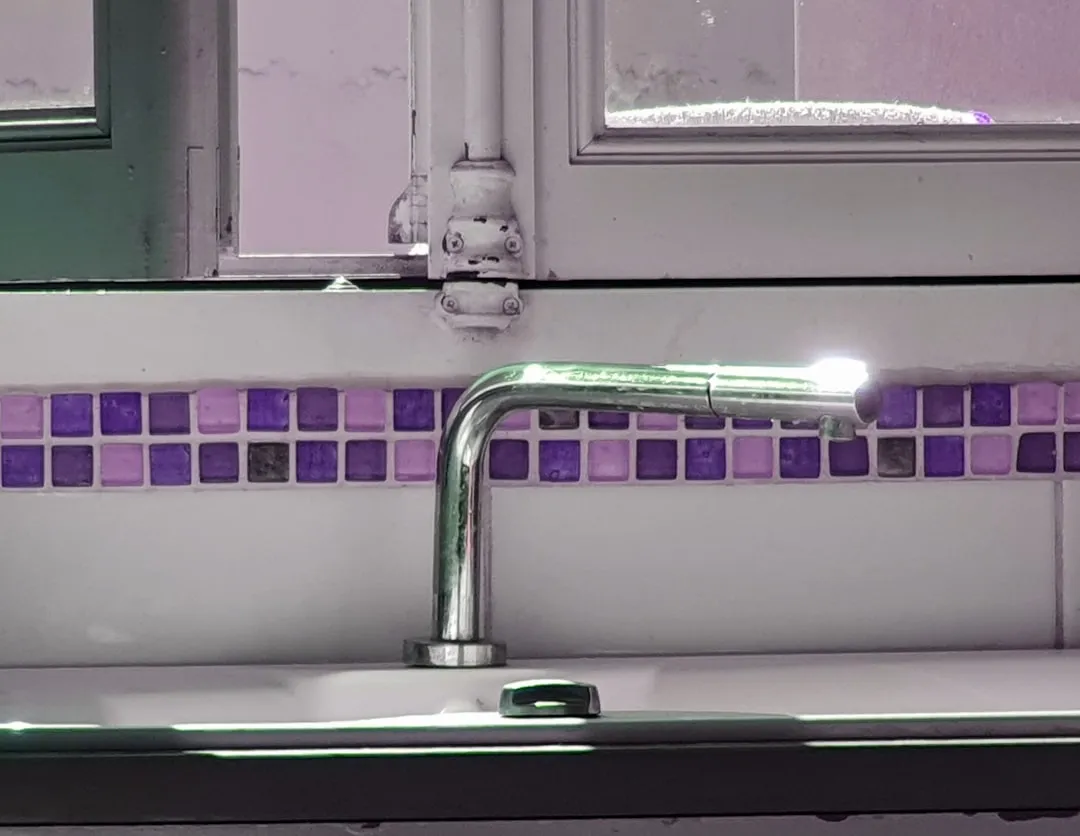
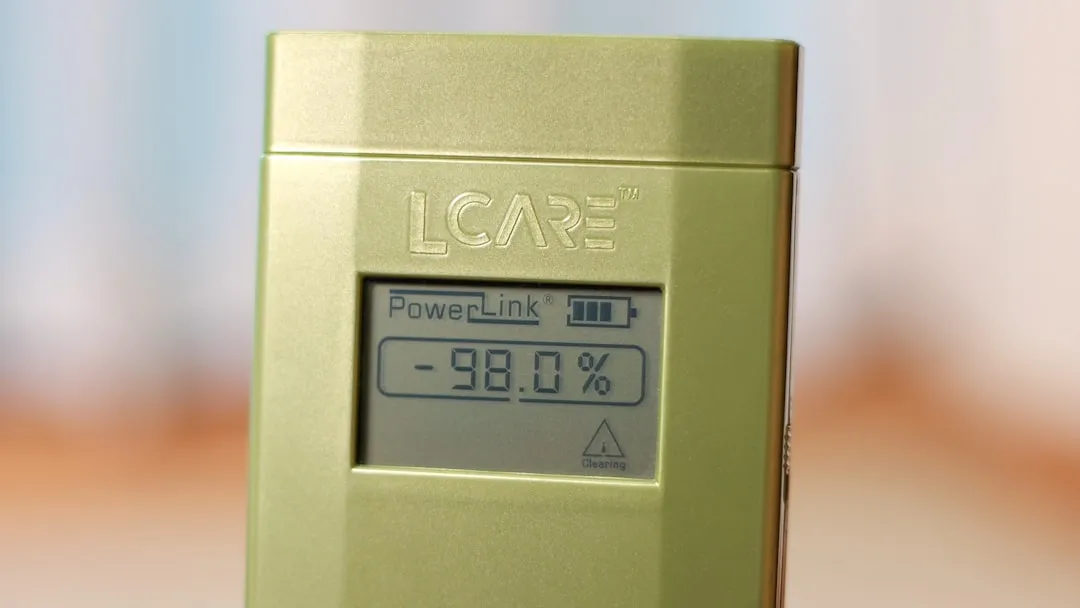
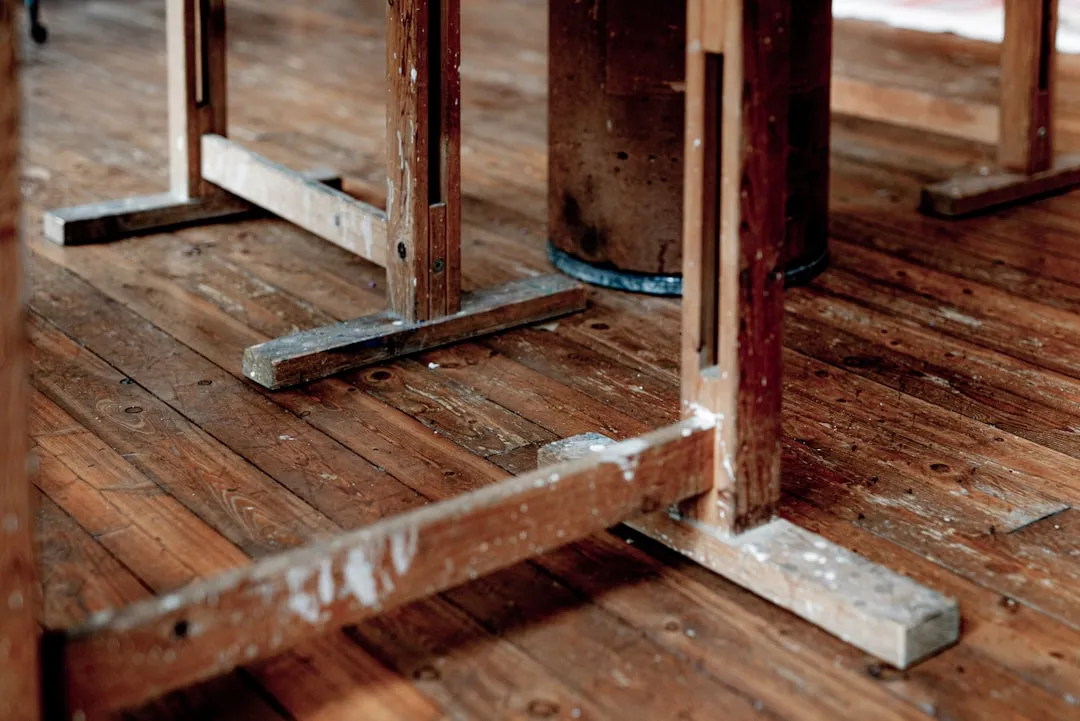
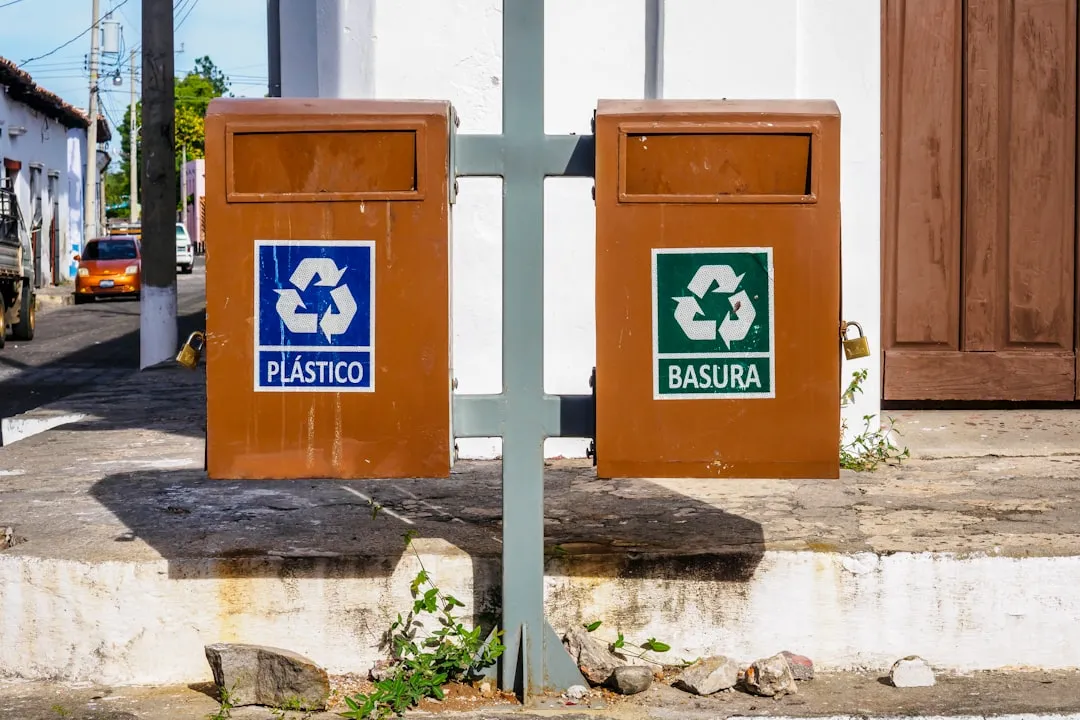

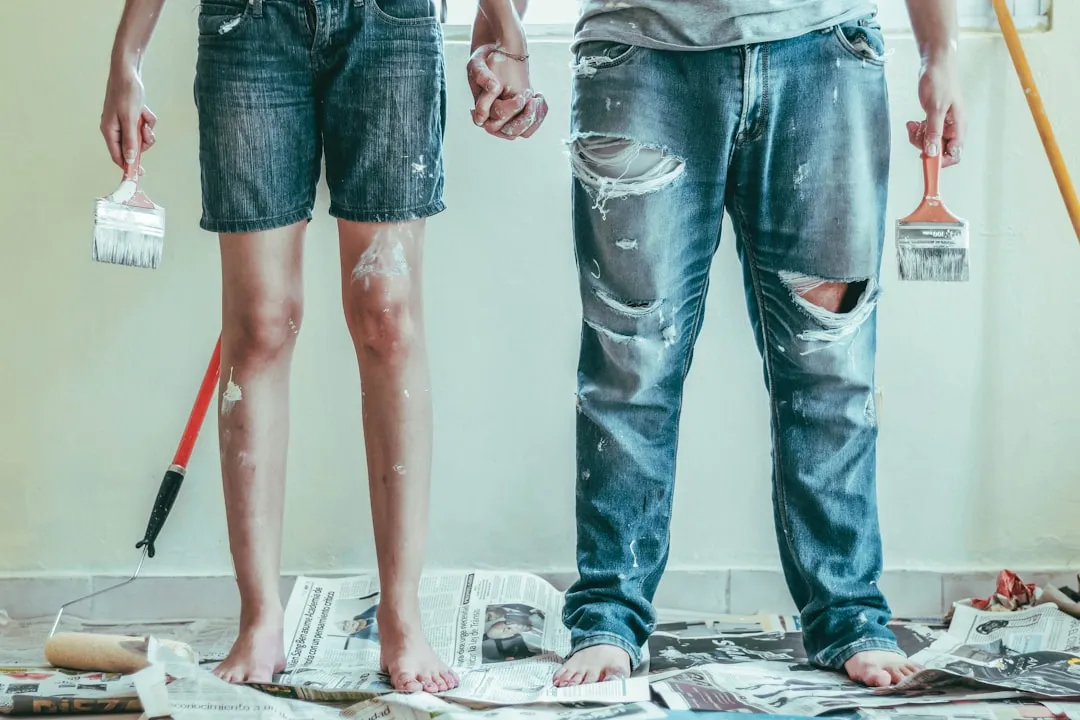
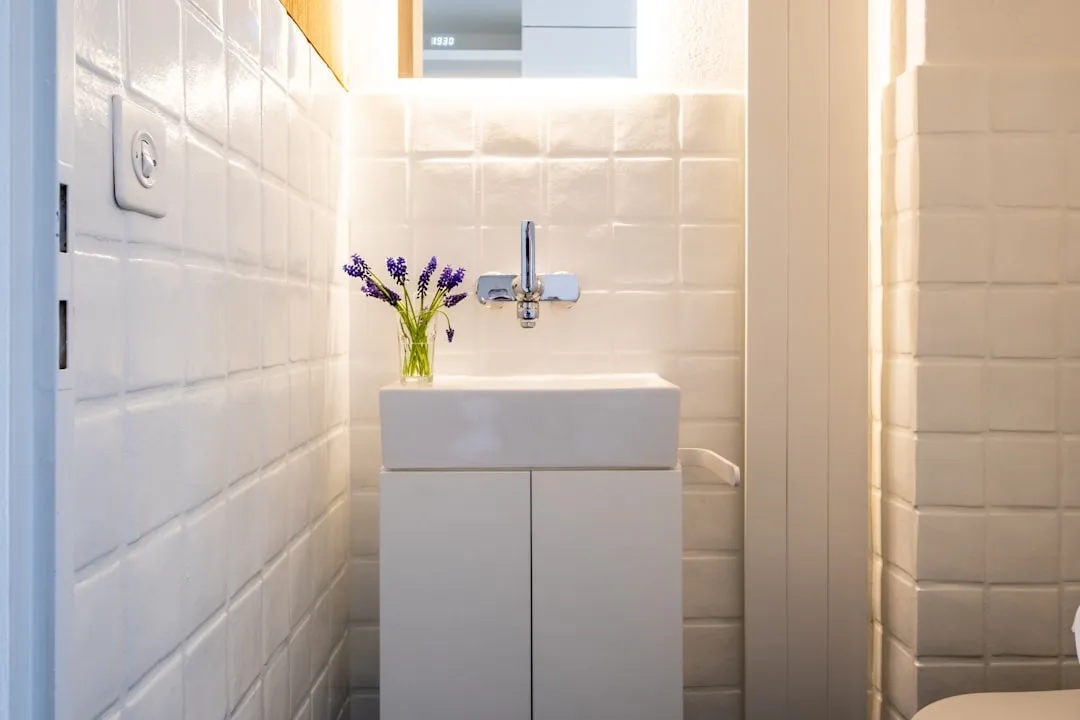
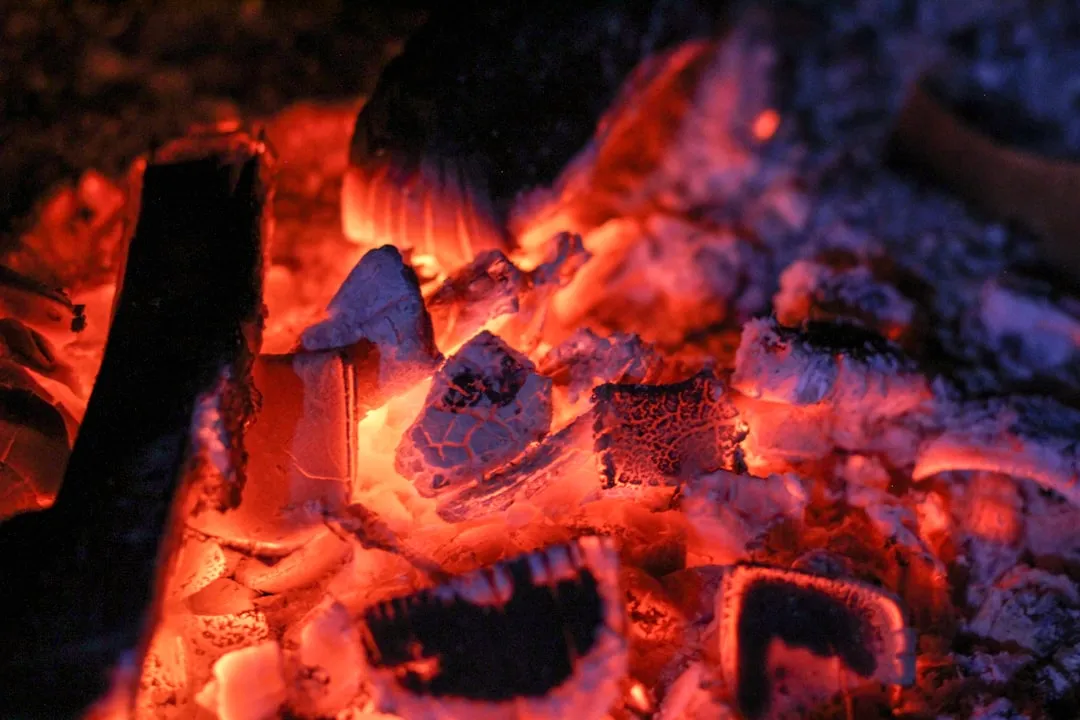

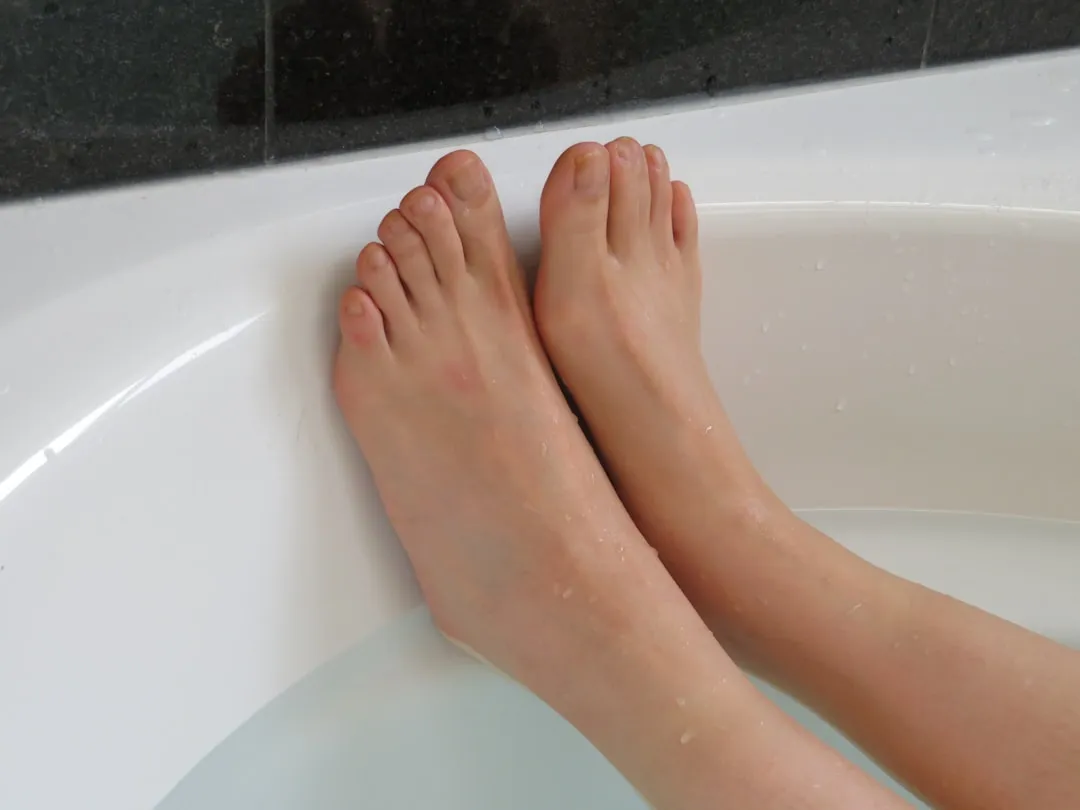
Comments
Be the first, drop a comment!